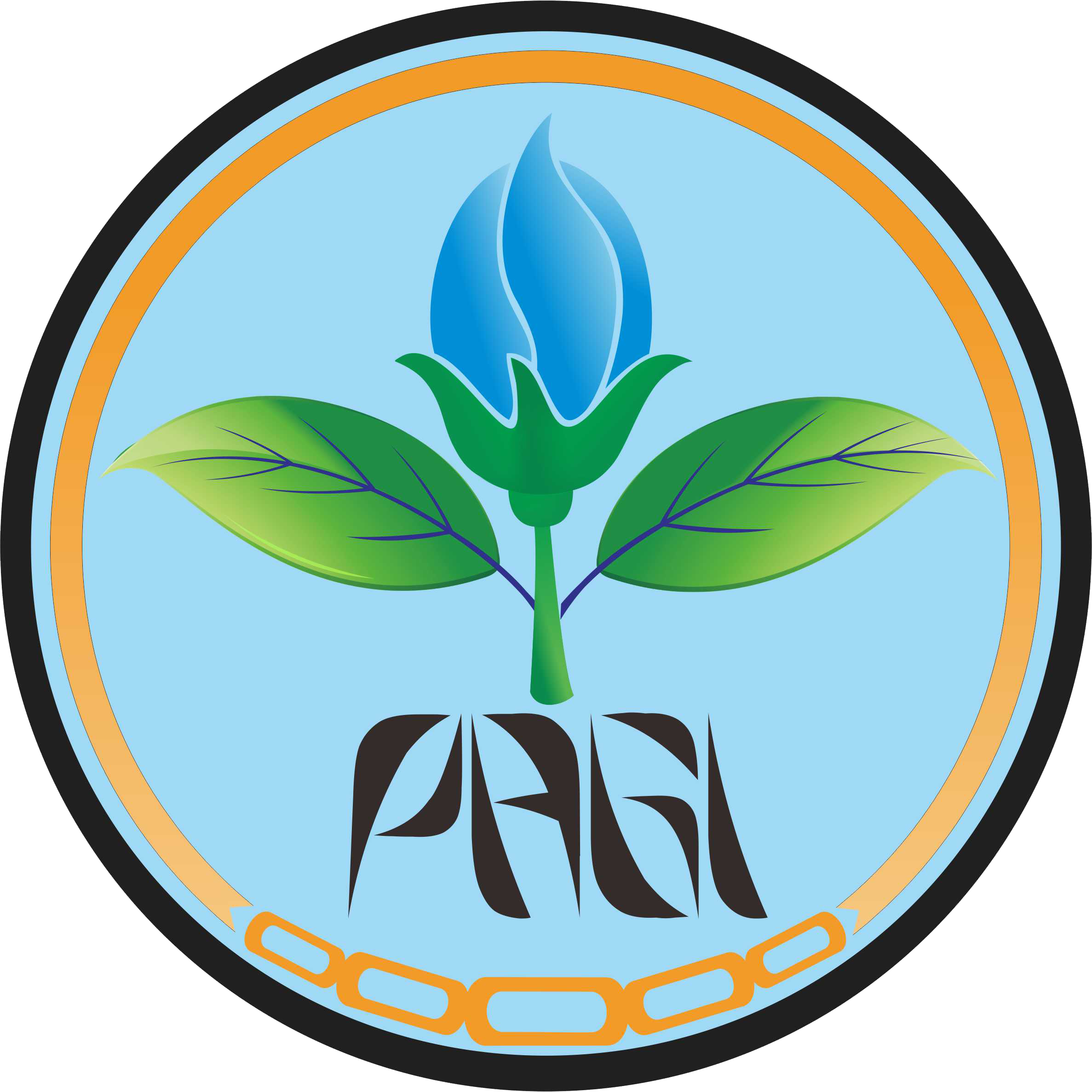Performa Komponen Hasil dan Karakter Agronomi berbagai Genotipe Galur Cabai Rawit
Abstract
Cayenne pepper is one of the important horticultural commodities and has high economic value for Indonesian people. The demand for cayenne pepper in Indonesia was relatively high, especially for household consumption. Therefore, superior varieties were needed to meet the needs of cayenne pepper in Indonesia. One way to guarantee the superiority of varieties and the validity of variety descriptions was to conduct yield testing. Our research aims to evaluate the performance and yield of seven genotypes of cayenne pepper. This research was carried out from March 2023 to September 2023 at Leuwikopo Experimental Garden, IPB University. It consisted of one factor: ten genotypes (seven genotypes and three control varieties). Experimental design in our research using randomized complete block design with three replications. The results showed that there were differences in performance and yield between cayenne pepper genotypes. The flowering ages of all genotypes ranged from 41.33 - 45.67 DAP with the harvest ages ranging from 83.33 - 92.67 DAP. The percentage of plants observed at the end of harvest ranged from 37.50 - 70.83% with the Rawita F1 variety showing the lowest percentage (37.50%). F1.372340 genotype was the highest productivity genotype, reaching 4.80 t.ha-1. The productivity of F1.372340 was higher than control varieties, which ranged from 1.48 to 2.72 t.ha-1. Line’s genotype had a shelf life ranging from 9.30 - 15.00 DAH which was the same or better than the control varieties which ranged from 9.67-12.33 DAH.
Keywords
Full Text:
PDF(ID)References
Astuti EP. 2006. Keragaan genotipe F4 cabai (Capsicum annuum L.) dan pendugaan nilai heritabilitas serta evaluasi kemajuan genetik beberapa karakter agronomi [skripsi]. Bogor (ID): Fakultas Pertanian, Institut Pertanian Bogor.
[BPS] Badan Pusat Statistik. 2021. Statistik tanaman sayuran dan buah-buahan semusim Indonesia. Jakarta (ID): Badan Pusat Statistik (BPS).
[BPS] Direktorat Statistik Tanaman Pangan Hortikultura dan Perkebunan. 2021. Statistik hortikultura. Jakarta (ID): Badan Pusat Statistik (BPS).
Bank Indonesia. 2022. Analisis inflasi Juni 2022 Tim Pengendalian Inflasi Pusat (TPIP). Jakarta (ID): Bank Indonesia.
Cahya EBN, Nurbaiti N, Deviona D. 2014. Pendugaan parameter genetik tanaman cabai (Capsicum annuum L.) di lahan gambut. Jom Faperta. 1(2).
Daryanto A, Syukur M, Sobir, Maharijaya A, Hidayat P. 2021. Chili pepper genotypes assay approach for resistance to Aphis gossypii (Hemiptera: Aphididae). Sabrao J Breed Genet. 53(4):737–748. https://doi.org/10.54910/SABRAO2021.53.4.15.
Deviona, Yunandra, Wardati, Mulyani. 2021. Pengembangan kriteria seleksi cabai (Capsicum annuum L.) di lahan gambut Provinsi Riau. J Agron Indones. 49(2):162–168. https://doi.org/10.24831/jai.v49i2.36035.
Gomez KA, Gomez AA. 1995. Prosedur statistik untuk penelitian pertanian [Statistical procedures for agriculture research]. Sjamsuddin E, Baharsjah J, editor. Jakarta (ID): UI Press.
[IPGRI] International Plant Genetic Resources Institute. 1995. Descriptors for Capsicum. Rome (IT): International Plant Genetic Resources Institute.
Kusmanto K, Ritonga AW, Syukur M. 2015. Uji daya hasil sepuluh galur cabai (Capsicum annuum L.) bersari bebas yang potensial sebagai varietas unggul.
Maryani A, Yunianti R. 2010. Karakterisasi dan hubungan kekerabatan beberapa genotipe cabai (Capsicum annuum L.). J Teknobiologi. 1(2):1–10.
Munandar M, Romano R, Usman M. 2017. Faktor-faktor yang mempengaruhi permintaan cabai merah di Kabupaten Aceh Besar. J Ilm Mhs Pertan. 2(3):80–91.
Naktuinbouw. 2010. Calibration book Capsicum annuum L. sweet pepper, hot pepper, paprika, chili. Roelofarendsveen (NL): Naktuinbouw.
Prasath D, Ponnuswami V, Muralidharan V. 2007. Source of resistance to anthracnose (Colletotrichum capsici) disease in Capsicum species. Indian J Agric Sci. 77(7):473–474.
Prihmantoro H. 2007. Memupuk tanaman buah. Jakarta (ID): Penebar Swadaya.
Rahayu FS, Purnamaningsih SL. 2018. Uji daya hasil pendahuluan enam galur cabai rawit (Capsicum frutescens). J Produksi Tanam. 6(3):386–391.
Al Rahmat SR, Liestiany E, Pramudi MI. 2021. Inventarisasi lalat buah pada cabai rawit (Capsicum frustescens I.) di Desa Karya Maju Kecamatan Marabahan Kabupaten Barito Kuala. J Prot Tanam Trop. 4(3):397–406. https://doi.org/10.20527/jptt.v4i3.906.
Sahid Z, Syukur M, Maharijaya A. 2020. Combining ability and heterotic effects of chili pepper (Capsicum annuum L.) genotypes for yield components and capsaicin content. Sabrao J Breed Genet. 52(4):390–401.
Sahid ZD, Syukur M, Maharijaya A. 2020. Diversity of capsaicin content, quantitative, and yield components in chili (Capsicum annuum) genotypes and their f1 hybrid. Biodiversitas. 21(5):2251–2257. https://doi.org/10.13057/biodiv/d210555.
Sahid ZD, Syukur M, Maharijaya A. 2021. Genetic studies of yield components and pungency in chilli (Capsicum annuum L.) genotypes through Hayman’s approach. Electron J Plant Breed. 12(3):718–722. https://doi.org/10.37992/2021.1203.100.
Sayekti TWDA, Syukur M, Hidayat SH, Maharijaya A. 2021. Morphological response and genetic variability of four species of chili pepper (Capsicum spp.) under infection of pepper yellow leaf curl virus. Biodiversitas. 22(11):4758–4765. https://doi.org/10.13057/biodiv/d221107.
Sreenivas M, Bhattacharjee T, Sharangi AB, Maurya PK, Banerjee S, Chatterjee S, Maji A, Mandal AK, Chakraborty I, Chattopadhyay A. 2020. Breeding chili pepper for simultaneous improvement in dry fruit yield, fruit quality and leaf curl virus disease tolerance. Int J Veg Sci. 26(5):457–486. https://doi.org/10.1080/19315260.2019.1648351.
Syukur M, Maharijaya A, Nurcholis W, Ritonga AW, Istiqlal MRA, Hakim A, Sulassih S, Perdani AY, Pangestu AY, Hatta ANNL, et al. 2023. Biochemical and yield component of hybrid chili (Capsicum annuum L.) resulting from full diallel crosses. Horticulturae. 9(6):620. https://doi.org/10.3390/horticulturae9060620.
Syukur M, Sahid ZD, Sobir S, Maharijaya A, Ritonga AW, Sulassih S, Istiqlal MRA, Hakim A, Pangestu AY, Undang U, et al. 2022. Short Communication: Morpho-agronomic performances of bird pepper (Capsicum annuum) lines under varying agro-ecological locations in Indonesia. Biodiversitas J Biol Divers. 23(9):4839–4843. https://doi.org/10.13057/biodiv/d230952.
Syukur M, Sujiprihati S, Yunianti R. 2015. Teknik pemuliaan tanaman. Jakarta (ID): Penebar Swadaya.
Tricahyati T, Suparman S, Irsan C. 2021. Insidensi dan intensitas serangan virus dan kaitannya dengan produksi cabai merah keriting yang diaplikasi berbagai warna mulsa. Agrikultura. 32(3):248–256. https://doi.org/10.24198/agrikultura.v32i3.33768.
Refbacks
- There are currently no refbacks.






